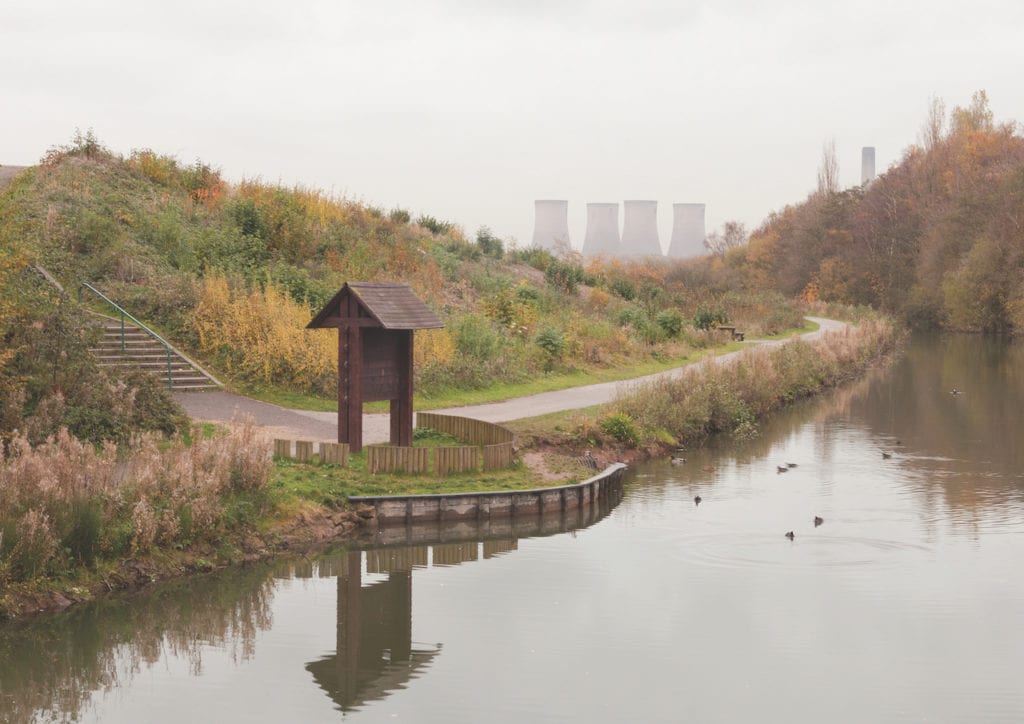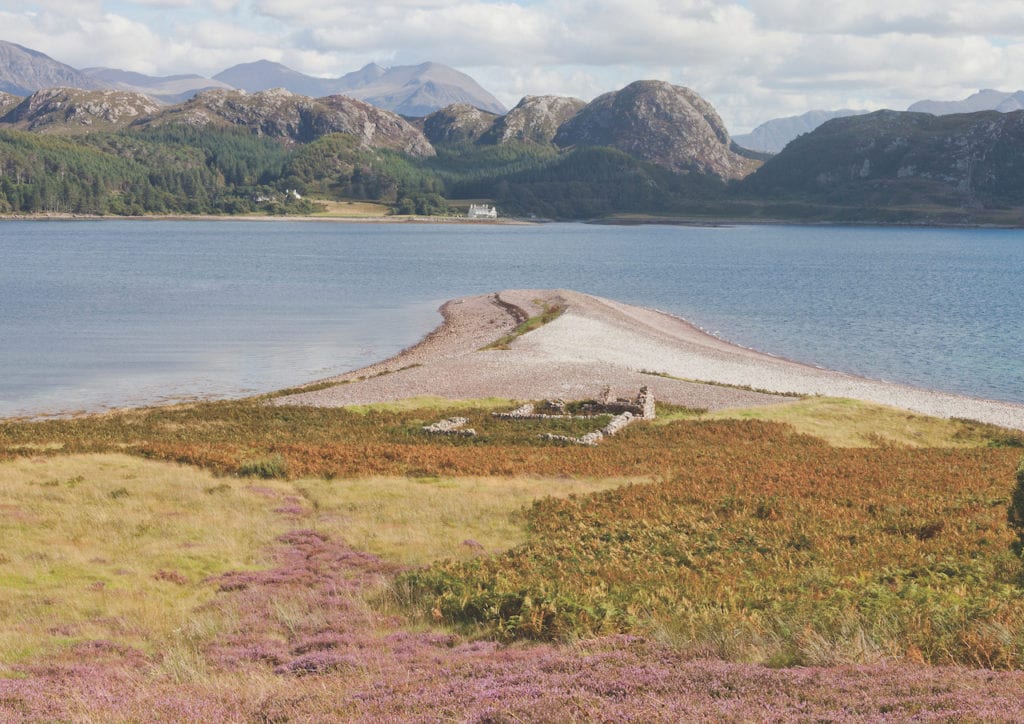“What’s beautiful about the island is that you’re looking at somewhere that hasn’t been touched for the last 70 years. It’s still uninhabited. So many people remain reluctant to go over there. It is unfortunate because it’s a gem of an island. It’s beautiful.”
Dara McGrath is talking about Gruinard Island, a remote piece of land just off the north west coast of Scotland that has no permanent residents and very little wildlife. In many ways it might be considered idyllic, but it’s deserted for good reason – its local nickname is Anthrax Island and until 1990 it was quarantined for public safety.
Its dark history stretches back to 1942, when the Ministry of Defence launched Operation Vegetarian – a series of experiments which released lethal Anthrax bombs against cattle on the island. The tests hoped to determine how useful Anthrax would be if used against German civilian populations; the bacteria proved more successful than even the MoD had anticipated and the island was declared a no-go zone for decades.
“[The MoD] experimentation was quite successful but their cleanup afterwards was very sloppy,” says McGrath. “Anthrax can remain active for over 100 years afterwards in the land. It wasn’t until the Dark Harvest Commando left soil samples from the island outside the Conservative Party annual conference in 1984, and outside Porton Down [a government military science park in Wiltshire], that there was a lot of community activism that pushed for the military authorities to clean up the islands.”
Gruinard Island is just one of a number of military sites with a similar history. In 2011, the MoD published its initial report, entitled Project Cleansweep, investigating 14 sites across the UK which had connections to wartime manufacturing, storage or handling of chemical weapons, and the potential for continued public health risks at these sites. But, as the MoD admitted they had also identified more sites in their investigations, these 14 locations were just the beginning of a project that McGrath has now been working on for six years.
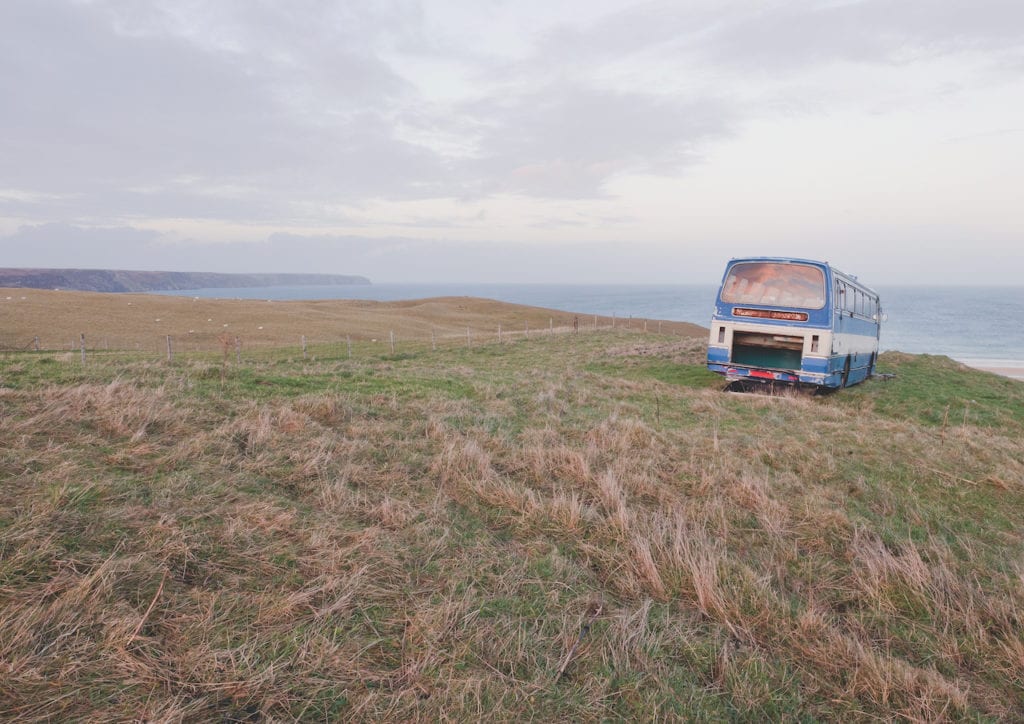
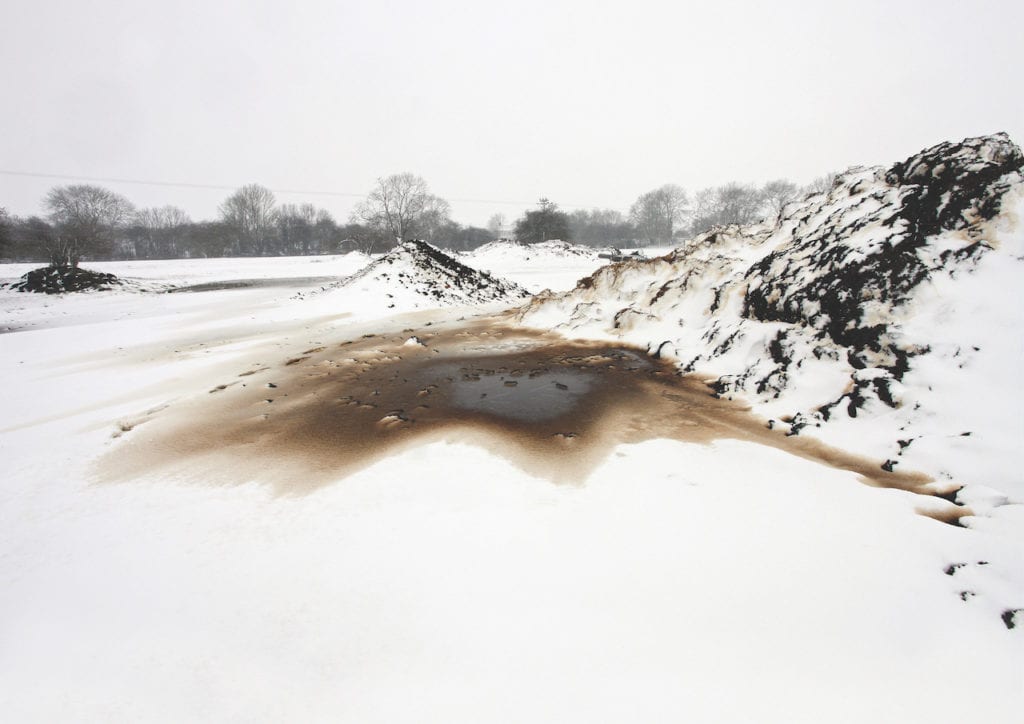
The Irish photographer has documented over 60 of the locations he has identified, using photographs, videos, maps and objects. Together, these pieces of evidence create a tapestry of MoD action throughout the 20th century, from land grabs to extensive chemical and biological testing. However, for McGrath, the photo series was not about exposing military action, but investigating the landscapes themselves.
“This is what I’ve been doing for 20 years, exploring the landscape through the lens,” he says. “That was my intention, to look at the landscape. It’s intentional that my landscapes are very subtle. I’m not trying to judge it or judge the government.
“Landscapes are always changing: they never sit still. It’s a living object that just keeps changing all the time and that informs my project even today. I rephotograph locations again and again to kind of simulate the feeling of history and of time being travelled. It’s really up to the viewer to make their own decision about it.”
McGrath’s photographs often show vast landscapes that initially seem untouched, or even benign. In his discussions with the local communities nearby, he found that residents were often not aware of the continued significance of these sites. Not only that, 750 aerial dispersal trials that aimed to test how weapons launched from the Eastern Bloc would disperse over the UK during the Cold War, were launched over “over large swathes of the English countryside” between 1963 and 1975.
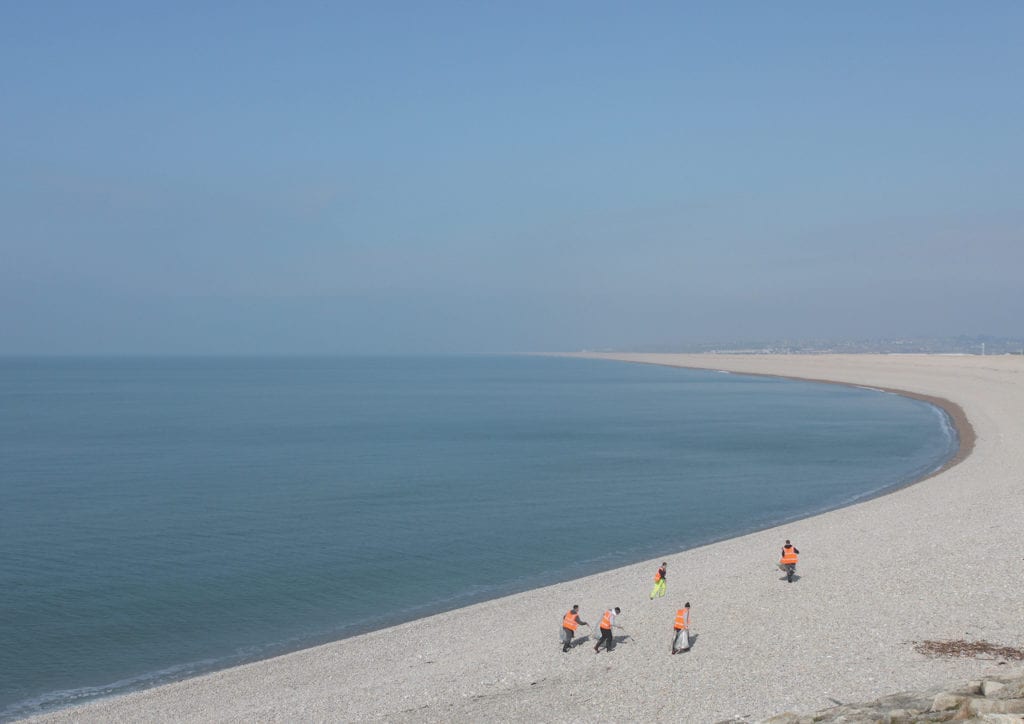
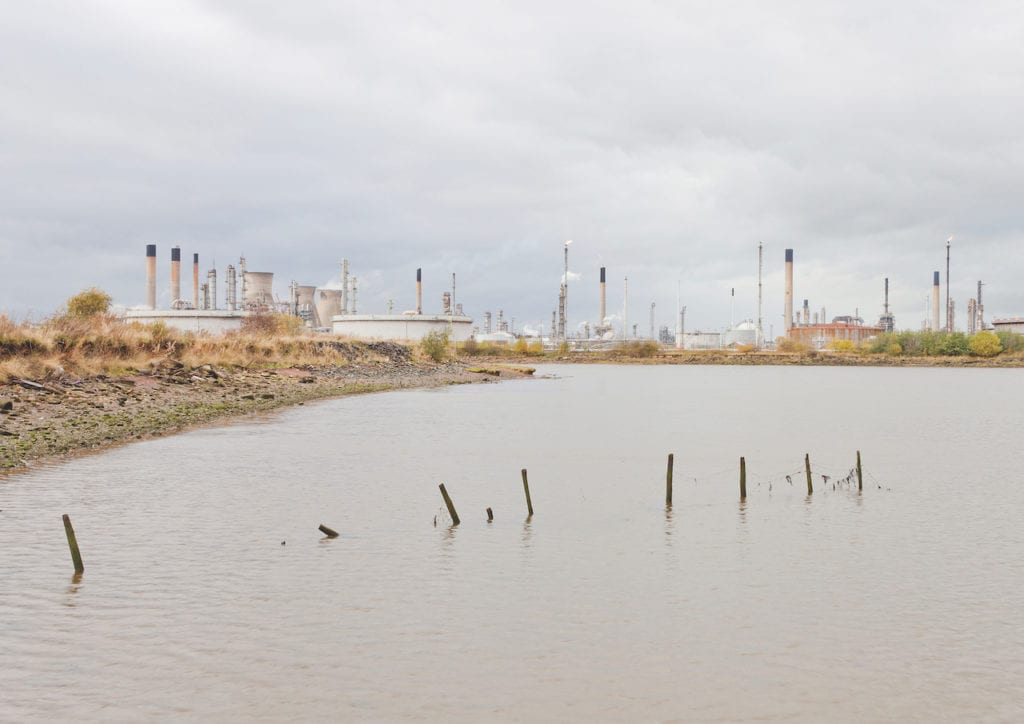
For McGrath, these examples show a need for greater public awareness. “A lot of [the sites] have been forgotten about. It’s important to know the history of the landscape and be aware of that.”
Whilst these tests are no longer a part of UK military actions, McGrath believes they still resonate with current international affairs. Featured at the PhotoIreland festival earlier this year, McGrath now hopes that his series will open up discussion on military action across the UK. His photobook of the same name is due to be printed later this year, and the exhibition will return to PhotoIreland and the Remote Photo Festival next year. Until then, he will continue to work on the series
For more information on Project Cleansweep and McGrath’s other work, visit www.daramcgrath.com
